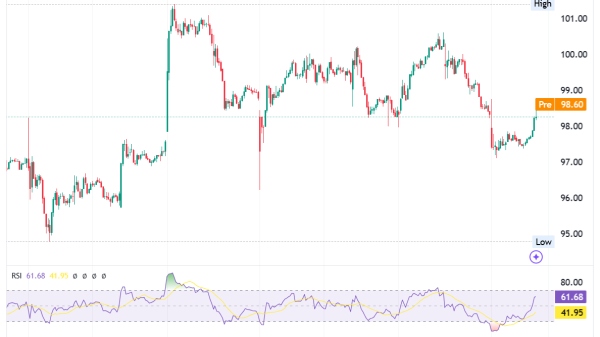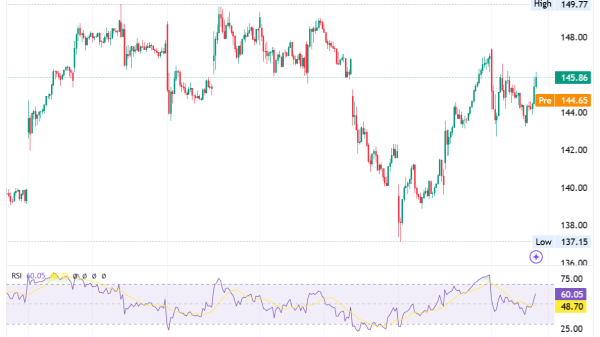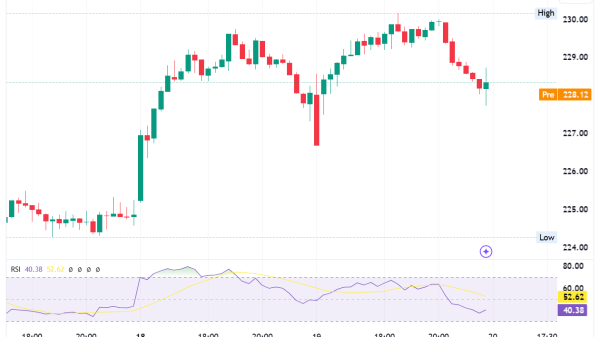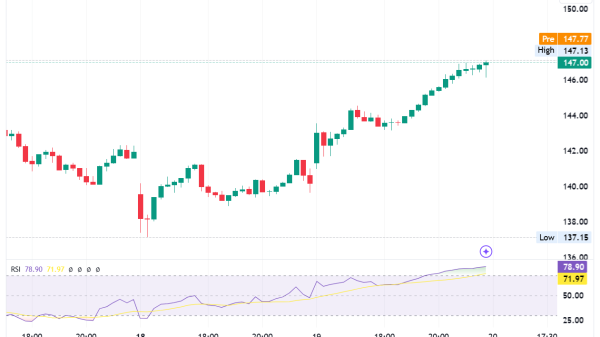
In the year and a half following the Supreme Court Dobbs decision that revoked the federal right to an abortion, hundreds more infants died than expected in the United States, new research shows. The vast majority of those infants had congenital anomalies, or birth defects.
Earlier research found that infant mortality spiked in Texas after a 6-week abortion ban took effect in 2021, and experts say the new data suggests that the impacts of the bans and restrictions enacted by some states post-Dobbs have been large enough to affect broader trends.
“This is evidence of a national ripple effect, regardless of state-level status,” said Dr. Parvati Singh, an assistant professor of epidemiology with The Ohio State University College of Public Health and lead author of the new study.
In the new paper, published Monday in JAMA Pediatrics, Singh and co-author Dr. Maria Gallo, a professor of epidemiology and associate dean of research with the Ohio State University College of Public Health, compared infant mortality rates for the 18 months following the Dobbs decision against historical trends.
They found that infant mortality was higher than usual in the US in several months after the Dobbs decision and never dropped to rates that were lower than expected.
In the months that infant mortality was higher than expected – October 2022, March 2023 and April 2023 – rates were about 7% higher than typical, leading to an average of 247 more infant deaths in each of those months.
About 80% of those additional infant deaths could be attributed to congenital anomalies, which were higher than expected in six of the 18 months following the Dobbs decision, according to the new research. Congenital anomalies can range from mild to severe cases, and some of the most common types can affect an infant’s heart or spine. In some cases, babies with a birth defect may only survive a few months.
“This is the tip of the iceberg,” Singh said. “Mortality is the ultimate outcome of any health condition. This is a very, very acute indicator. It could be representative of underlying morbidity and underlying hardship.”
Other research has found that births have increased in states with abortion bans, and experts say that some of that increase is linked to a disproportionate rise in the number of women who are carrying fetuses with lethal congenital anomalies to term.
“Whether the pregnancy was wanted or unwanted, we know that many of these are pregnancies that would have ended in abortion had people had access to those services,” said Dr. Ushma Upadhyay, an associate professor in the department of obstetrics, gynecology and reproductive science at the University of California, San Francisco. She was not involved in the new study, but does research abortion trends in the US.
Experts say that abortion bans can also affect access to broader health care, which can lead to increased risk for both babies and mothers.
“The well-being of a pregnant person is inextricably linked to the well-being of the pregnancy,” Upadhyay said. Abortion bans may affect access to and willingness to seek prenatal care and broader support systems, she said, and the barriers compound.
- Sign up here to get The Results Are In with Dr. Sanjay Gupta every Tuesday from the CNN Health team.
“People who face the most structural barriers in terms of poverty, lower levels of education, food insecurity, and other life stressors can’t access abortion care, and these factors also increase their risks of poor pregnancy and birth outcomes,” she said.
Infant mortality includes deaths that occur before a baby has turned one, so it is difficult to parse out exactly what was happening during the months that did see rates that were higher than expected, Singh said. But the timing – four, nine and 10 months after the Dobbs decision – line up with about the time that congenital anomalies can be identified in the fetus and a full-length gestation term.
“These studies are providing a signal that people aren’t getting the care that they need, and because of that, there are spillover effects,” said Dr. Alison Gemmill, a demographer and perinatal epidemiologist at Johns Hopkins University who led the research identifying the link between rising infant mortality and abortion restrictions in Texas. “It’s never going to be the case that everybody’s going to be able to overcome the barriers of these bans.”


























